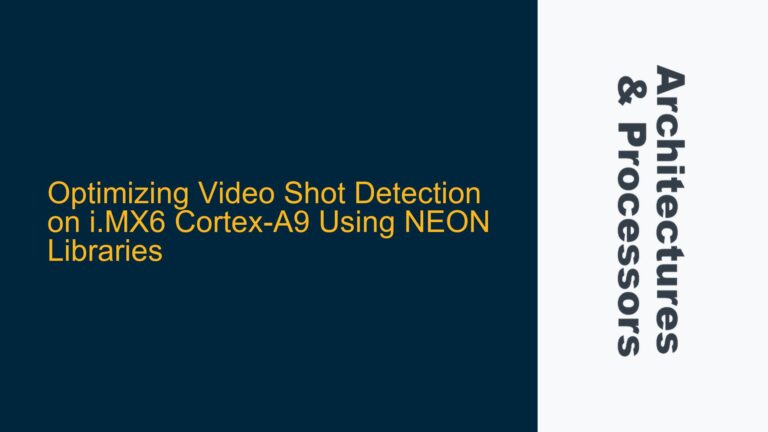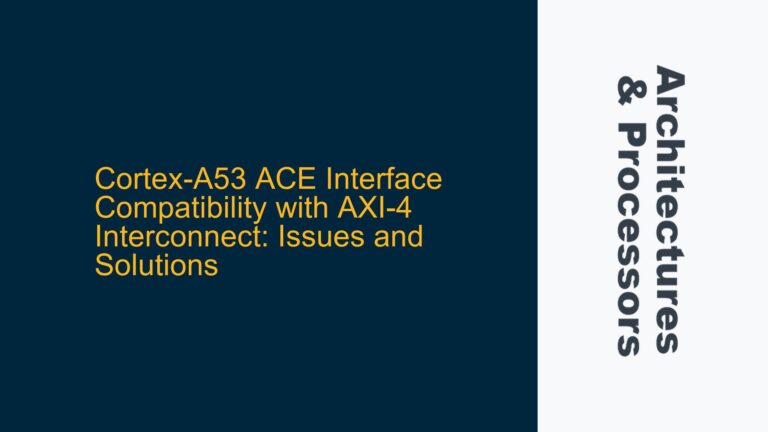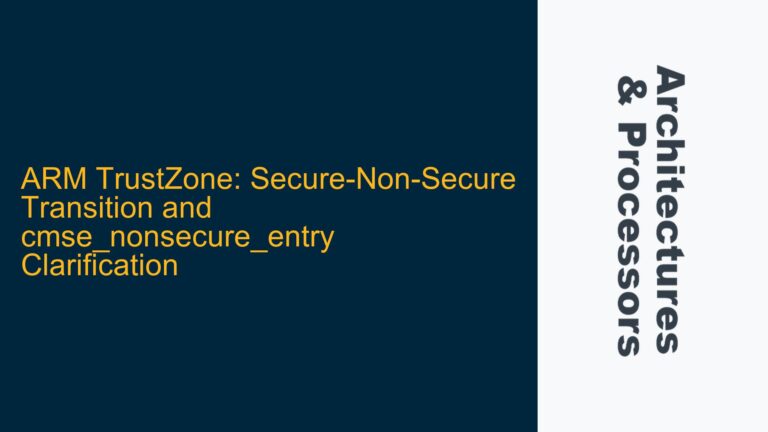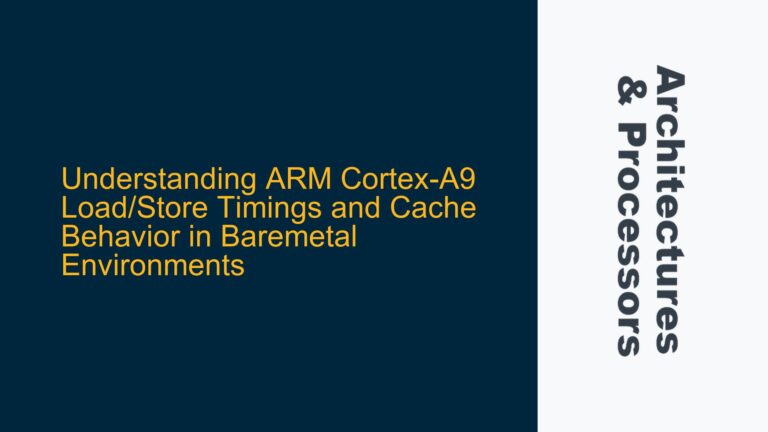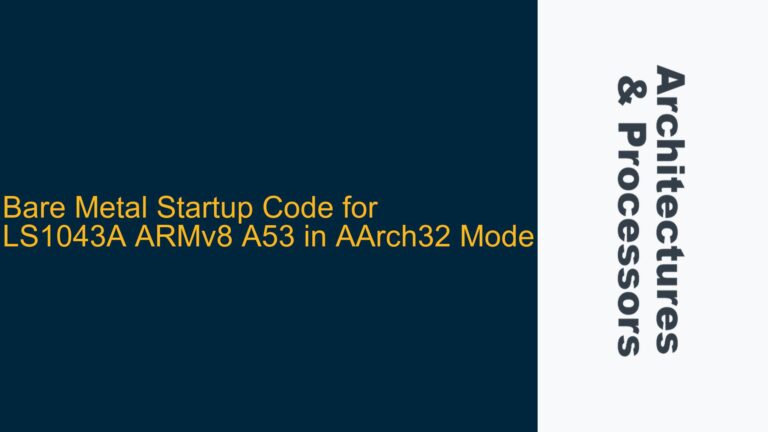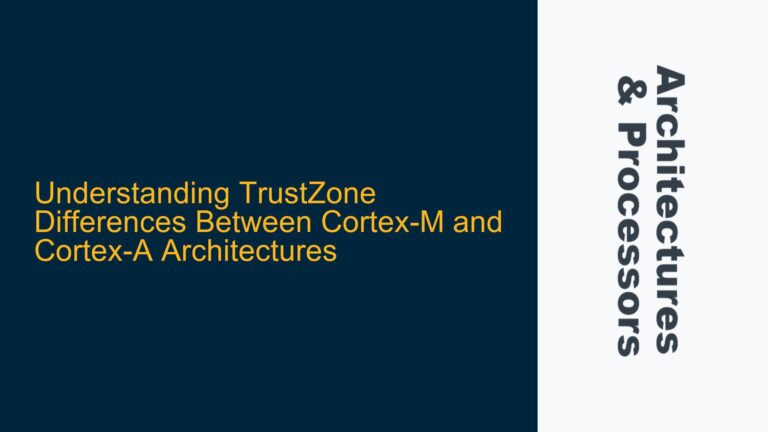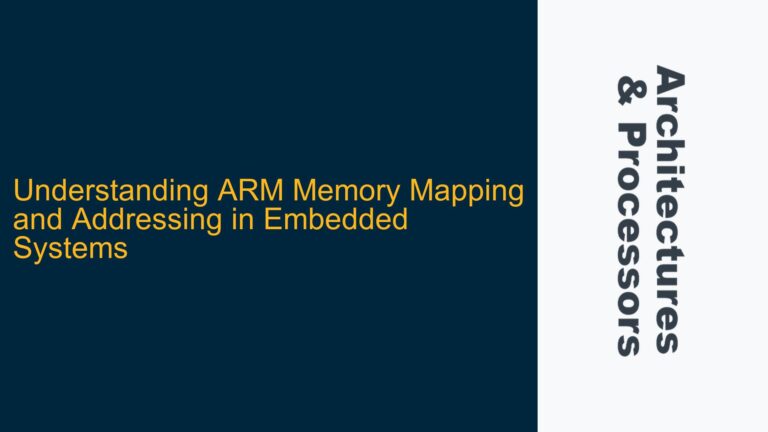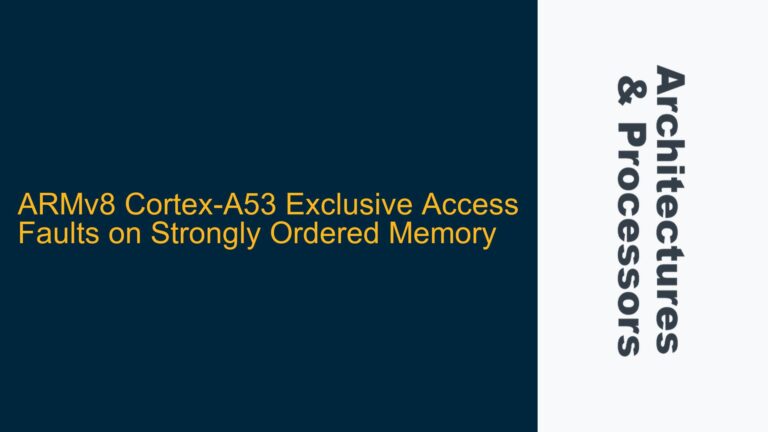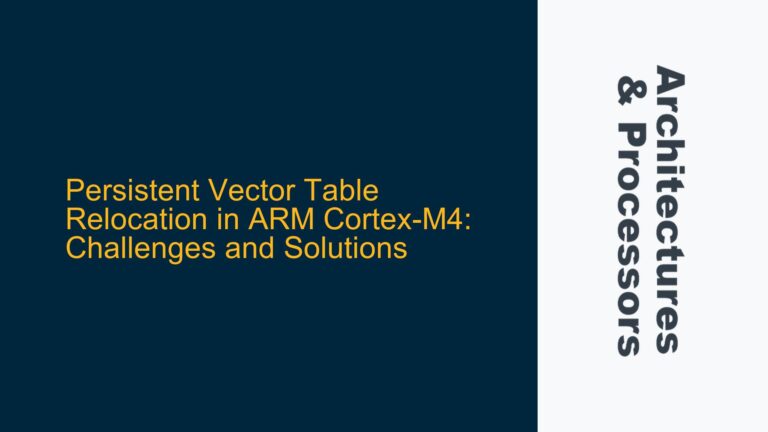Optimizing Video Shot Detection on i.MX6 Cortex-A9 Using NEON Libraries
NEON Library Integration Challenges on i.MX6 Cortex-A9 The integration of NEON libraries into an existing video shot detection algorithm on the i.MX6 Cortex-A9 processor presents a multifaceted challenge. The i.MX6 Cortex-A9, a dual-core ARM processor, is widely used in embedded systems for its balance of performance and power efficiency. However, optimizing complex nested loops in…
